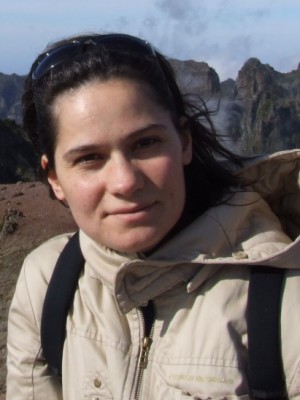resumo
The wealth of site-selective structural information on CO2 speciation, obtained by spectroscopic techniques, is often hampered by the lack of easy-to-control synthetic routes. Herein, an alternative experimental protocol that relies on the high sensitivity of C-13 chemical shift anisotropy (CSA) tensors to proton transfer, is presented to unambiguously distinguish between ionic/charged and neutral CO2 species, formed upon adsorption of (CO2)-C-13 in amine-modified porous materials. Control of the surface amine spacing was achieved through the use of amine protecting groups during functionalisation prior to CO2 adsorption. This approach enabled the formation of either isolated or paired carbamate/carbamic acid species, providing a first experimental NMR proof towards the identification of both aggregation states. Computer modelling of surface CO2-amine adducts assisted the solid-state NMR assignments and validated various hydrogen-bond arrangements occurring upon formation of isolated/aggregated carbamic acid and alkylammonium carbamate ion species. This work extends the understanding of chemisorbed CO2 structures formed at pore surfaces and reveals structural insight about the protonation source responsible for the proton-transfer mechanism in such aggregates.
palavras-chave
SOLID-STATE NMR; CARBON-DIOXIDE; OXIDE SURFACES; ADSORPTION; ADSORBENTS; COMPLEXES; CAPTURE; ACIDS; SPECTROSCOPY; ELEMENTS
categoria
Chemistry
autores
Cendak, T; Sequeira, L; Sardo, M; Valente, A; Pinto, ML; Mafra, L
nossos autores
Grupos
1 - Nanomateriais inorgânicos funcionais e híbridos orgânico-inorgânico
4 - biorrefinarias, materiais de origem biológica e reciclagem
Projectos
Variable pressure solid-state NMR methods to study gas-surface interactions in nanoporous sorbent materials for industrial post/pre-combustion CO2 capture (PTDC/QEQ-QAN/6373/2014)
SGH : Smart Green Homes (Smart Green Homes)
CICECO - Aveiro Institute of Materials (UID/CTM/50011/2013)
agradecimentos
The work was financed by the Fundacao para a Ciencia e a Tecnologia (FCT) through project PTDC/QEQ-QAN/6373/2014 and project Smart Green Homes POCI-01-0247-FEDER-007678, a co-promotion between Bosch Termotecnologia S.A. and the University of Aveiro. This work was developed in the scope of the Projects POCI-01-0145-FEDER-0076791 UID/CTM/50011/2013 (CICECO), UID/MULTI/00612/2013 (CQB), UID/ECI/04028/2013 (CERENA), financed by national funds through the FCT/MEC and co-financed by FEDER under the PT2020 Partnership Agreement. T.C. also acknowledges financial support from the Slovenian Research Agency (research core funding no. P1-0021). We are also grateful to the Investigador FCT program and to the Portuguese NMR Network (RNRMN).







